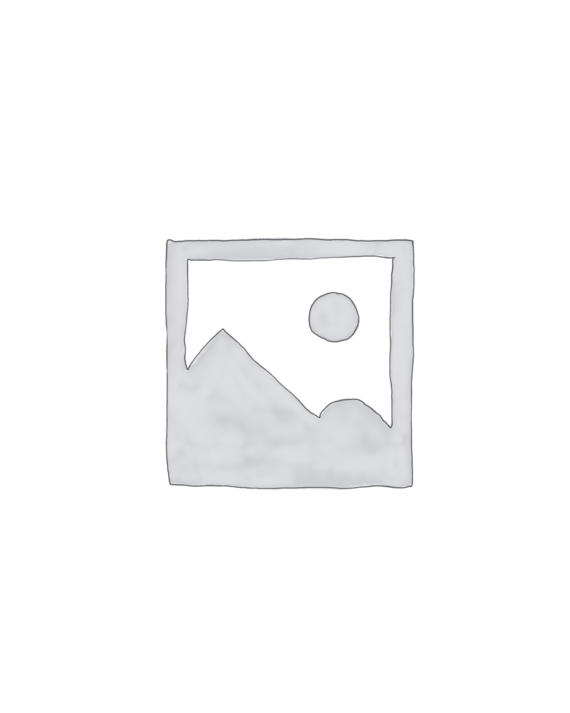Crystal Pulling from the Melt
Original price was: $65.00.$15.00Current price is: $15.00.
Crystal Pulling from the Melt, Bernd Koch, 9783642782107
In stock
Crystal pulling is an industrial process and provides the bulk of semiconductor crystals for the semiconductor industry. Initially a purely empirical process, the increase in importance and size of the industry has led to basic research into the fundamentals of the process – particularly the modelling of heat and mass transfer. The book has been written by the recognized authority on Czochralski crystal-growth techniques. It is an attempt to strengthen the interface between the practical crystal grower and the applied mathematician involved in analytical and computer modelling. Its focus is on the physics, chemistry and metallurgy of the process. From reviews: “… There is a need for a modern, non-trivial text on Czochralski growth … and Dr. Hurle is eminently suited to write such a text.”; “Dr. Hurle is probably uniquely qualified to write a book on … (the Czochralski) growth process. … He has published a great deal of very substantial as well as innovative work in this area.” 1 Introduction and Historical Perspective.- 2 Elements of the Process.- 2.1 Introduction.- 2.2 Heat Balance and Growth Rate.- 2.3 The Meniscus.- 2.4 Crystal Rotation.- 3 Techniques and Technology.- 3.1 Introduction.- 3.2 Silicon.- 3.3 Gallium Arsenide.- 3.4 Oxides.- 4 Convection and Flow in the Melt.- 4.1 Melt Convection.- 4.1.1 Introduction.- 4.1.2 The Navier-Stokes Equation.- 4.2 Flow Due to a Rotating Disc.- 4.3 Natural Convective Flow.- 4.3.1 Buoyancy-Driven Flow.- 4.3.2 Marangoni Flow.- 4.3.3 Convective Turbulence.- 5 Heat Transport.- 5.1 Introduction.- 5.2 Heat Loss from the Cooling Crystal.- 5.3 The Thermal-Capillary Model.- 5.4 Heat Transfer in the Encapsulant.- 5.5 Global Heat Transport.- 5.6 Optically Semi-Transparent Crystals.- 6 Mass Transport and Solute Segregation.- 6.1 Introduction.- 6.2 The Burton, Prim and Slichter Analysis.- 6.3 Macrosegregation.- 6.4 Microsegregation.- 7 The Use of a Magnetic Field.- 7.1 Motivation.- 7.2 Interaction of a Magnetic Field with Melt Flow.- 7.3 Generation of the Magnetic Field.- 7.4 Magnetic Field Configurations.- 7.5 Flow and Segregation in a Magnetic Field.- 7.5.1 Flow and Temperature Fields.- 7.5.2 Segregation.- 7.6 Applications.- 7.6.1 Silicon.- 7.6.2 Gallium Arsenide.- 7.6.3 Indium Phosphide.- 7.7 Concluding Remarks.- 8 System Dynamics and Automatic Diameter Control.- 8.1 Introduction.- 8.2 Dynamic Stability.- 8.3 Meniscus Dynamics.- 8.4 Linear Stability Analysis.- 8.5 Automatic Diameter Control.- 8.5.1 Introduction.- 8.5.2 Reflection from the Meniscus.- 8.5.3 Crystal Imaging.- 8.5.4 Crystal and Crucible Weighing.- 8.5.5 The Use of Dies.- 8.6 Dynamics of Control by the Weighing Technique.- 9 Morphological Stability of a Planar Rotating Interface.- 9.1 Introduction.- 9.2 Constitutional Supercooling.- 9.3 Cellular Structures.- 9.4 Linear Stability Theory.- 10 The Cooling Crystal.- 10.1 Introduction.- 10.2 Stress Distribution and Dislocation Generation in Gallium Arsenide and Indium Phosphide.- 10.3 Point Defect Equilibria in the Cooling Crystal.- 11 Future Developments.- 12 References.
| ISBN | |
|---|---|
| Page Number | |
| Author | |
| Publisher |

